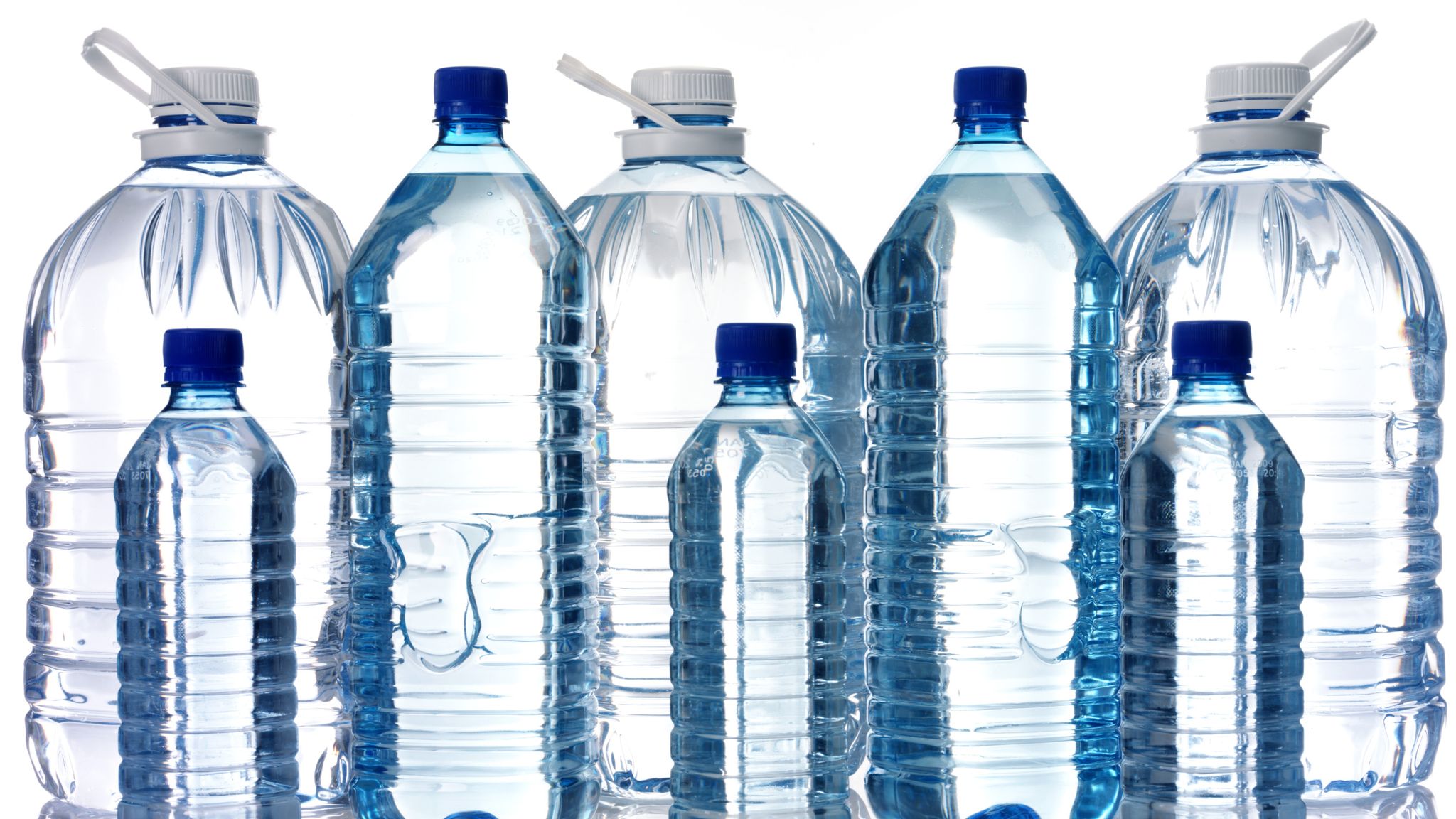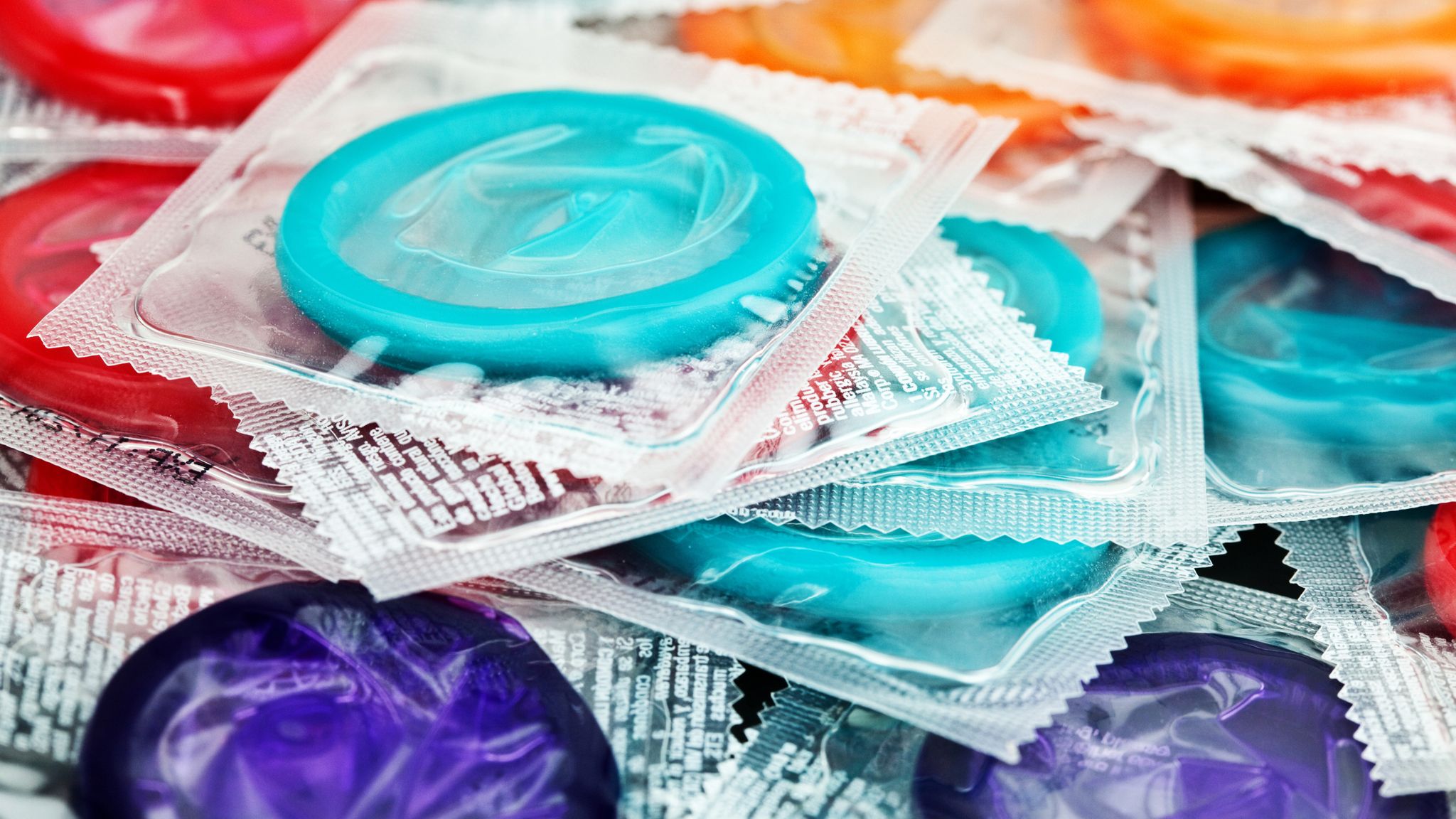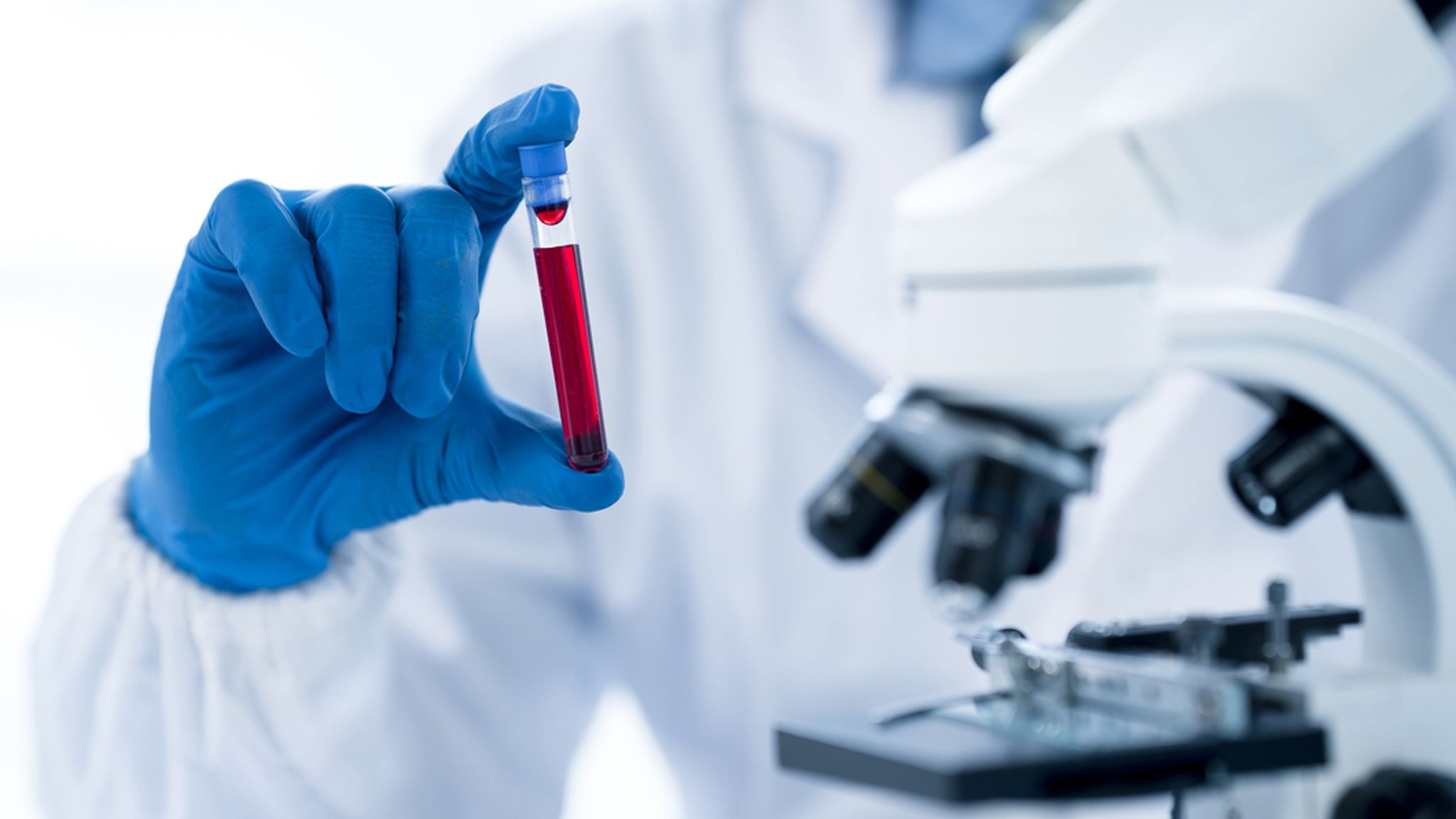Bottled water contains quarter of a million nanoplastics pieces on average, scientists find
The average litre of bottled water contains nearly a quarter of a million invisible pieces of nanoplastics, according to new research.
While scientists had long assumed there were large quantities of tiny plastic pieces in bottles of water, they never knew how many or what kind.
Looking at five samples, each of three common bottled water brands, the scientists found particle levels ranged from 110,000 to 400,000 per litre – averaging at around 240,000 – according to a study published in Proceedings of the National Academy of Sciences.
These are particles that are less than a micron in size. There are 25,400 microns – also called micrometres because it is a millionth of a metre – in an inch. A human hair is about 83 microns wide.
About 10 to 100 times more nanoplastics than microplastics were discovered in the bottled water samples, the study found.
Much of the plastic appears to be coming from the bottle itself and the reverse osmosis membrane filter used to keep out other contaminants, the study’s lead author Naixin Qian, a Columbia physical chemist, said.
She did not reveal the three brands examined because researchers want more samples and want to study more brands before they single out one.
Are nanoplastic pieces harmful to health?
Study co-author Phoebe Stapleton, a toxicologist at Rutgers, said scientists had yet to establish whether consumption of the plastics represented a major health risk.
“That’s currently under review,” she said.
“We don’t know if it’s dangerous or how dangerous. We do know that they are getting into the tissues of mammals, including people, and the current research is looking at what they’re doing in the cells.”
The International Bottled Water Association said in a statement: “There currently is both a lack of standardised [measuring] methods and no scientific consensus on the potential health impacts of nano and microplastic particles.
“Therefore, media reports about these particles in drinking water do nothing more than unnecessarily scare consumers.”
The American Chemistry Council, which represents plastics manufacturers, declined to comment.
The world “is drowning under the weight of plastic pollution, with more than 430 million tonnes of plastic produced annually” and microplastics are found in the world’s oceans, food and drinking water – with some of them coming from clothing and cigarette filters – according to the United Nations Environment Programme.
Efforts for a global plastics treaty continue after talks became bogged down in November.
‘No win’ because of ‘unanswered questions’
All four co-authors of the new study said they were cutting back on their bottled water use after they conducted their research.
Wei Min, the Columbia physical chemist who pioneered the dual laser microscope technology, said he had reduced his bottled water use by half.
But study co-author Beizhan Yan, a Columbia environmental chemist who increased his tap water usage, pointed out that filters themselves could be a problem by introducing plastics.
“There’s just no win,” co-author Ms Stapleton said.
Outside experts, who praised the study, agreed that there was a general unease about the perils of fine plastic particles, but said it was too early to say for certain.
“The danger of the plastics themselves is still an unanswered question. For me, the additives are the most concerning,” said Duke University professor of medicine and comparative oncology group director Jason Somarelli, who was not part of the research.
He added: “We and others have shown that these nanoplastics can be internalised into cells and we know that nanoplastics carry all kinds of chemical additives that could cause cell stress, DNA damage and change metabolism or cell function.”
Prof Somarelli said his own not yet published work had found more than 100 “known cancer-causing chemicals in these plastics”.
What’s disturbing, said University of Toronto evolutionary biologist Zoie Diana, is that “small particles can appear in different organs and may cross membranes that they aren’t meant to cross, such as the blood-brain barrier”.
Even with unknowns about human health, Professor Yan said he did have one recommendation for people who were worried: Use reusable bottles instead of single-use plastics.






